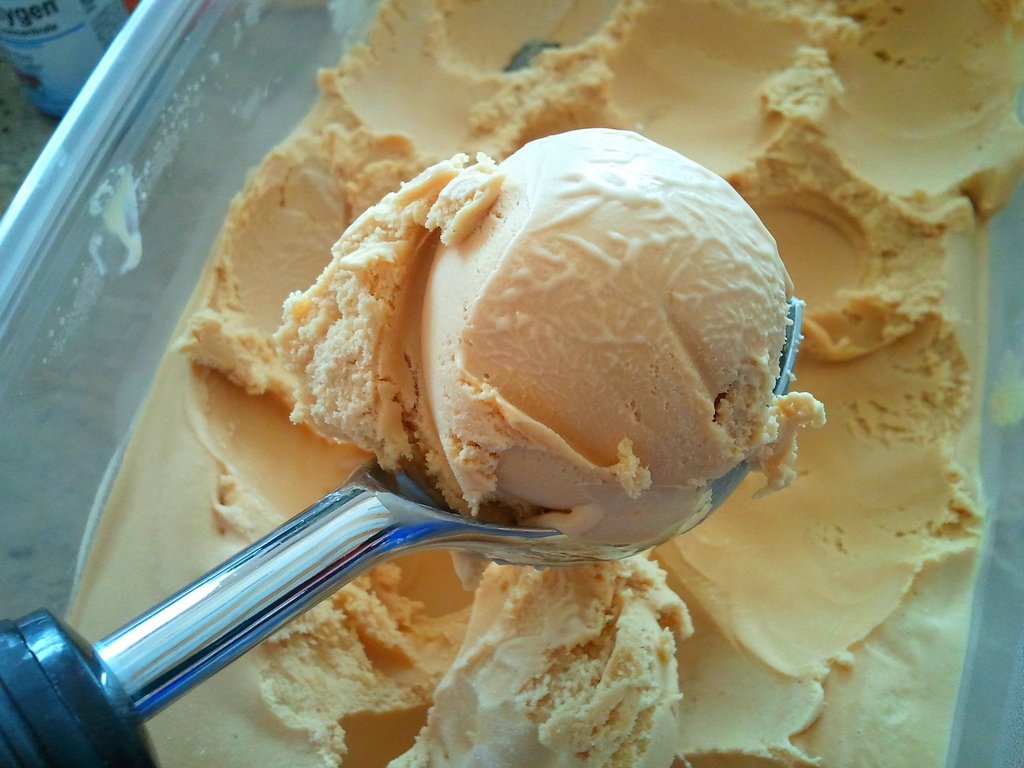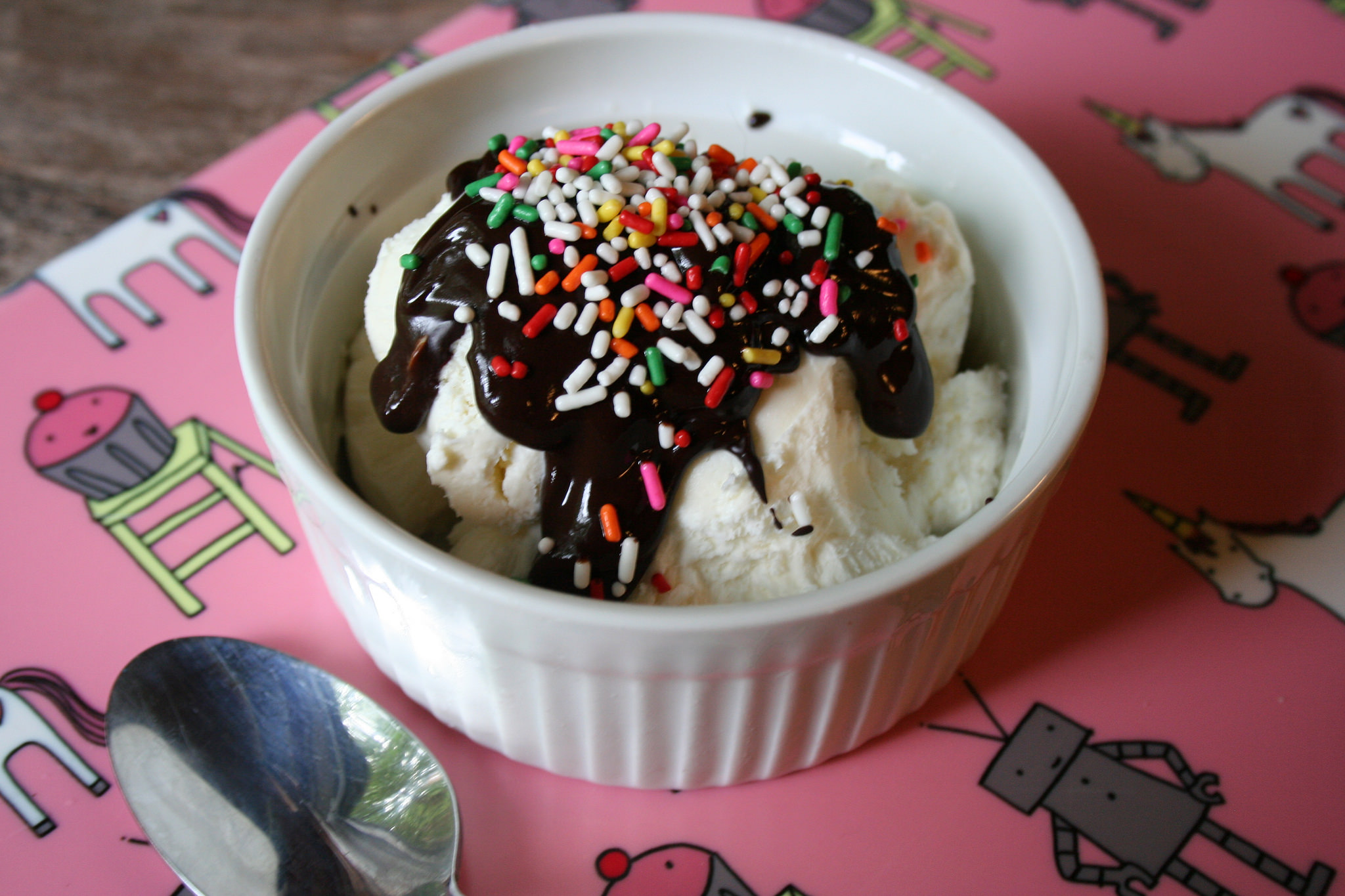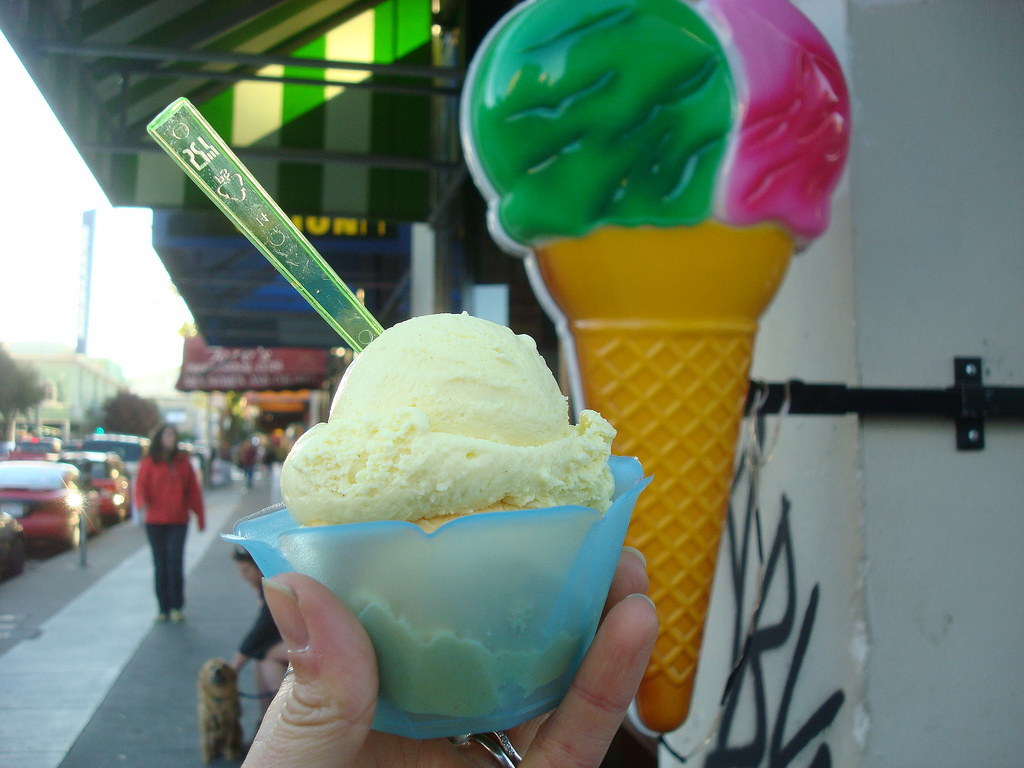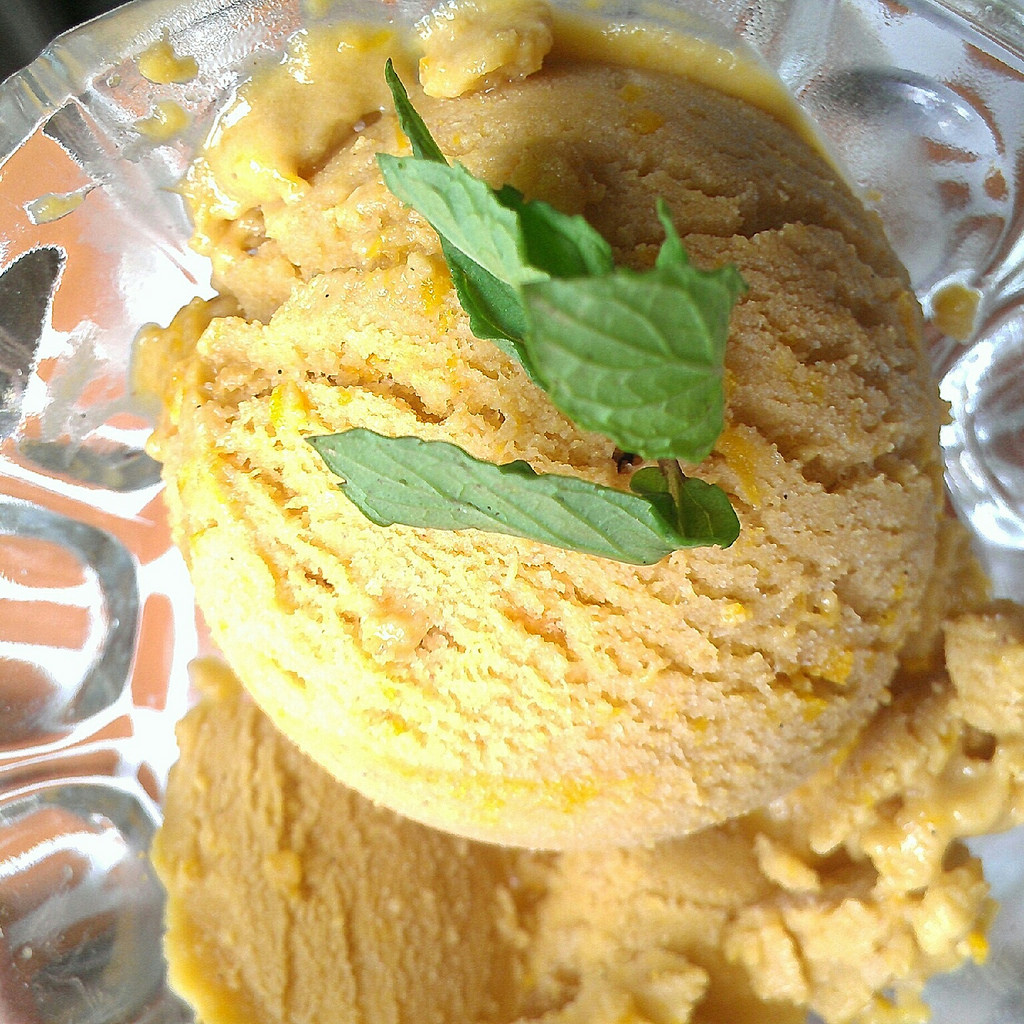How many types of ice cream have you tried? No, we’re not talking flavors here (we assume you’ve tried 32 flavors and then some), but different ice cream variants, such as French ice cream, gelato, or frozen custard.
As it turns out, there are actually a few different frozen concoctions in the ice cream family. Listed below is an extensive list of all the frozen treats to put on your “must-try” list.
 Photo via Craftsy blog; all other photos via CakeSpy
Photo via Craftsy blog; all other photos via CakeSpy Hard ice cream

Let’s go ahead and refer to this as “classic” ice cream. Traditionally, ice cream is made with cream, milk, sugar and often-but-not-always egg. To be considered ice cream, the mixture needs to contain at least 10 percent milk fat. Many premium brands contain more, though (around 14 percent), which gives them a creamier texture.
Within the “hard ice cream” umbrella, you’ve got Philadelphia-style, French style or no-churn styles of ice cream, all of which we’ll cover below.
Soft ice cream

Soft ice cream (also called “soft serve”) is a popular treat particularly from ice cream shops, boardwalk vendors and ice cream trucks. It’s similar to hard ice cream in its makeup, but during production, it’s kept at lower temperatures and churned more constantly, yielding a smoother, lighter texture.
French ice cream

While “regular” hard ice cream is not always made with egg, French ice cream always contains egg yolk. This is why “French vanilla” ice cream is always a little more yellow than regular vanilla. French ice cream shares some characteristics with frozen custard (below), but has a texture more like hard ice cream.
Philadelphia-style ice cream
This is a type of hard ice cream made using milk/cream, sugar and flavorings. What is notably missing from the mixture is egg. No custard base is needed for this simple style of ice cream, as opposed to the French style. Also referred to as “American” ice cream.
No-churn ice cream

A name assigned to various types of ice cream that are made without churning. Whipped cream often plays a role in the recipe. While these ice creams are simple to make and extremely tasty, the texture is usually different than a traditional hard ice cream.
Try out our easy no-churn ice cream recipes!
Frozen custard
Frozen custard is similar to ice cream, but with a few key differences:
- First, it contains 1.4 percent egg yolk by weight, according to the USDA. The yolk gives frozen custard a rich, full taste.
- The second key characteristic is the way it’s churned. Constant churning keeps it from retaining too much air (it typically has about 30 percent less air than a typical ice cream), which gives it a dense, creamy finish.
Frozen yogurt
Technically, frozen yogurt is not ice cream at all, but it’s often sold alongside it. Simply put, frozen yogurt is a yogurt mixture that’s been churned like ice cream or soft serve. Sometimes, it involves a yogurt mixture being added to an ice cream base. Like ice cream, it comes in a variety of flavors and different textures.
Gelato

Gelato is similar to ice cream but with some important differences:
- For one, it’s naturally lower in fat, since it typically uses more milk than cream, and doesn’t often contain eggs.
- However, it’s churned differently, and less air is incorporated into it — up to half as much. This gives it a creamy, dense texture in spite of its lower fat content.
Non-dairy ice cream

This covers a growing category of ice cream types that are made totally without dairy. Some are made in the traditional style of ice cream, using soy or non-dairy milk or cream alternatives; others are made using mashed fruit, such as bananas. In some cases, it is also referred to as “nice cream.”

Share tips, start a discussion or ask one of our experts or other students a question.
No Responses to “I Scream, You Scream: A Guide to the Different Types of Ice Cream”